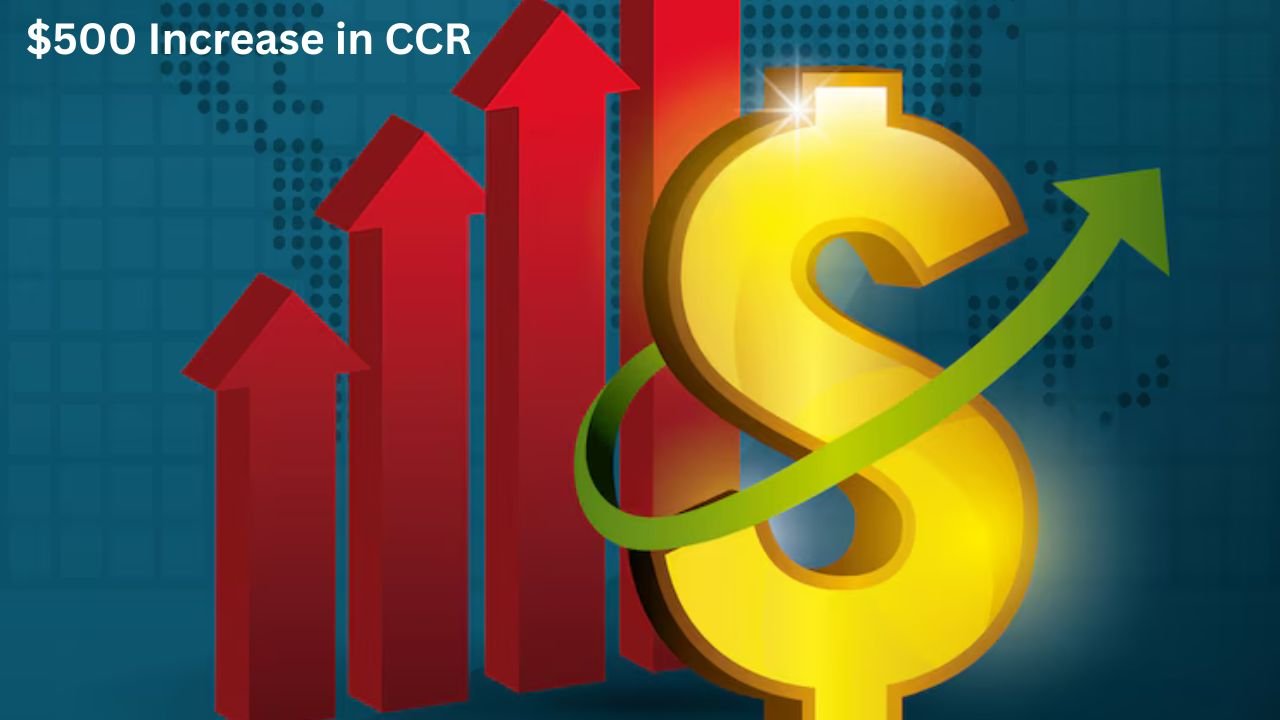Under the Pan-Canadian Framework on Clean Growth and Climate Change, the federal government adopted this framework in 2016, allowing provinces and territories to create their own carbon pricing schemes, as long as these complied with the federal minimum requirement; otherwise, any jurisdiction that does not meet that federal threshold is subject to a federal backstop price on carbon emissions.
The Climate Action Incentive (CAI) is a refundable credit available to residents of provinces that implemented the federal carbon pricing scheme and was introduced by the federal government in 2018. While federal in origin, the amount paid varied by jurisdiction. The CAI is now called the Canada Carbon Rebate-CCR.
Climate Action Incentive Payment April 2025
One of the greatest challenges occurring around the world now is climate change. Canada is no exception among countries that have passed legislation and undertaken initiatives to combat climate change. The fuel tax encourages environmentally friendly choices and forces companies to develop green alternatives because it protects the environment and boosts the economy.
The CAIP program aims at refunding your pocket money and offsetting the cost of gasoline. Therefore, under Climate Action Incentive Payment April 2025, the federal government is planning to pay every Canadian CAI every quarter. With this arrangement, families get fuel charge (tax) revenues much more frequently, with eight out of ten families receiving more in credits than they pay in fuel charges. To check how much you would be getting every three months, please check your bank statement.
What is CAI- CCR?
The new name for Climate Action Incentive Payment is Canada Carbon Rebate, and it is a tax-free amount paid by the federal GOC to assist individuals and families in paying for the expenses of federal pollution pricing. Rural and low-density residents are granted a bonus which is above the basic amount of the payments.
The Canadian government announced on March 15, 2025, that the CCR will cease to be paid and that the fuel charge will be removed from the carbon pollution pricing scheme, which is commonly viewed as the carbon tax. The very last CCR payments will begin on April 22, 2025. This payment will be for those eligible who have filed their 2024 income tax return by April 2, 2025. An assessment of 2024 returns will be the final trigger for paying the CCR to income tax returns which were filed after April 2.
How to get Climate Action Incentive?
It is automatically disbursed to residents of most states within Canada contingent upon their completion of a tax return. In order to be eligible for the addition (that will increase from the current 10% to 20% in April 2024), small or rural residents would only have to tick the box on page 2 of the T1.
This extra-20%-in-kinds also planned to get given for rural residents, hence the 20% more as compared to city dwellers will be given to compensate for their predetermined high energy consumption and the lack of publicly accessible transport options, which can help them consume less fuel. This supplement applies to everyone except the province of Prince Edward Island, where the 20% premium for small and rural areas is automatically given to all people.

Calculating the credit amount
For “eligible persons” living in small and rural areas lying outside a census metropolitan area (CMA), the CCR amount payable comprises a 10% supplement granted in addition to the basic amount for all qualifying “eligible individuals” (see below). This 10% supplement is increased to 20% starting with the 2024–2025 fiscal year.
This Benefits Plan pays the CCR amount on April 15, July 15, October 15, and January 15 each year. This should be credited directly into their accounts if a person has signed up for direct deposit with the CRA. Each of these quarterly payments represents a quarter of the total annual CCR amount.
Proposed $500 Increase in CCR
The long-awaited $500 increase in the CCR has finally come to the table as a suggestion. The Canada Carbon Rebate, formerly known as the Climate Action Incentive Payment, was designed to help Canadian families balance the economic burden of carbon pricing. One of the key changes recommended for 2025 is an increase in the rebate by $500.
The Government of Canada proposed a $500 increase for the 2025 benefit year; however, as of now, this increase has not been officially confirmed. Lastly, just prior to payments being issued in April 2025, the government will provide final information, including the CAIP payment amount for April 2025.

To relieve some burden from Canadian families, the Canada Carbon Rebate provides the required antidote to the cost of carbon pricing. It stands as an encouragement from the CRA to inform households as the proposed $500 increase for the 2025 benefit year is being confirmed. Timely and precise tax filing would ensure a smooth process of CCR payments.
There are three evident payment methods: direct deposit is a standard, subject to the recipient’s preference and data on file with the CRA. It is wise for individuals to ensure that their banking details with the CRA are updated for timely payments.
| Payment Date | Amount per Individual | Amount per Family of Four |
|---|---|---|
| January 15, 2025 | $140 (Base) + $28 (Rural Supplement) = $168 | $280 |
| April 15, 2025 | waiting for official update | waiting for official update |
| July 15, 2025 | waiting for official update | waiting for official update |
| October 15, 2025 | waiting for official update | waiting for official update |
FAQS:
So, should I apply for the CAIP?
No need for an application. If you qualify for CAIP and have filed your taxes, you will receive the payment automatically by way of direct deposit or cheque from the CRA.
How often is the Climate Action Incentive Payment issued?
It is issued four times during every calendar year, i.e., in the months of January, April, July, and October.
Is CAIP garnish able or taxable in any way?
The Climate Action Incentive Payment is not taxable, nor can it be garnished in the context of any debts, be they student loans or amounts owed the CRA.

